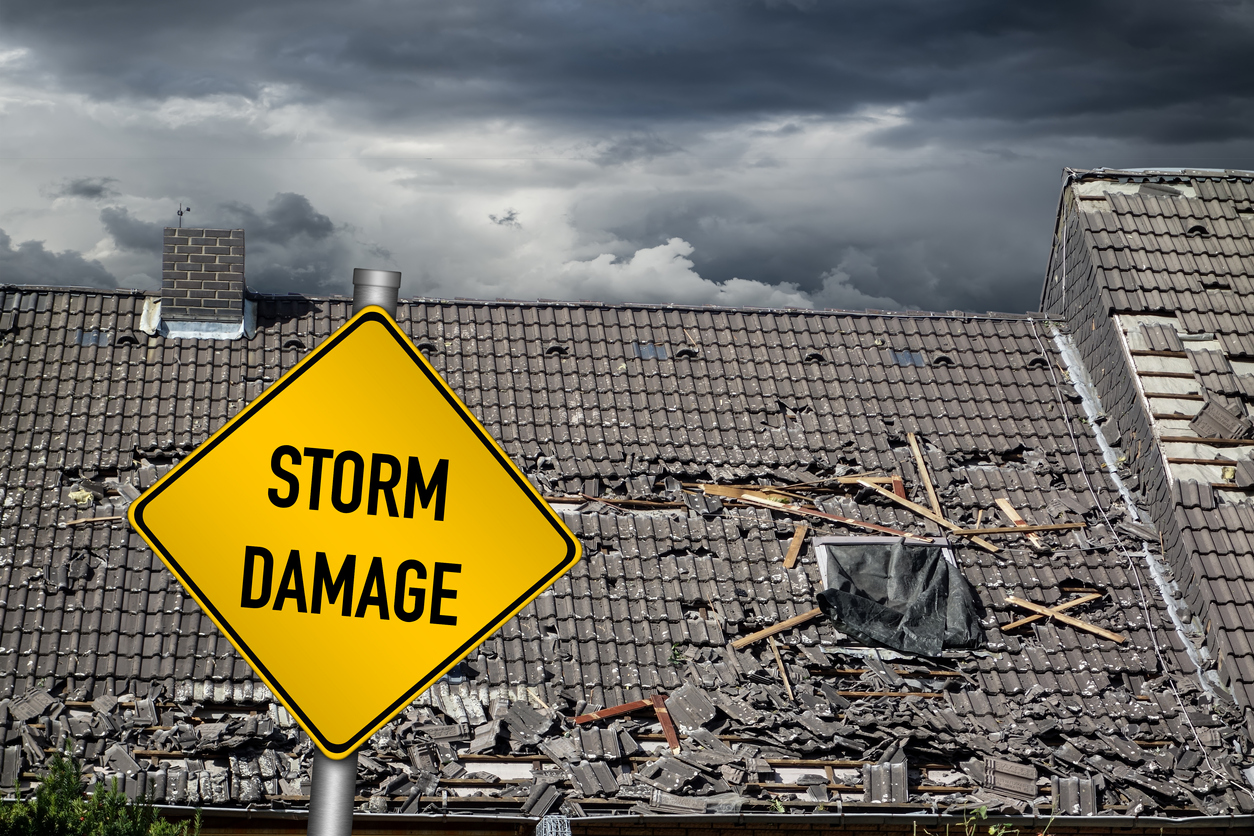The International Roofing Expo in Las Vegas finished on Thursday. Roofers were asking me all kinds of questions. For example, they asked why insurance company pricing can be so low, could insurance companies ask for releases from their customers if the insurance company gave up its right to repair, and what they could do about mortgage companies holding onto their money after repairs were complete. The most controversial question was why Florida public adjusters supported Florida legislation that restricted roofers from being able to solicit business. I will let public adjuster leaders from FAPIA answer the last question.
Insurance educator Bill Wilson posed the question to this post in his blog. In, Hail Damage Dilemma, Wilson noted a change in policy language by some insurers which specially applies to hail and windstorm damage:
Suit Against Us
…A claim for a loss resulting from the peril of windstorm or hail must be reported to us or our agent within 6 months of the loss event, and any suit arising there from must be brought within one year after the loss or damage occurs….
The interesting part of this language is that the notice of loss provision has been added to the “suit against us” portion of the policy. I urge readers of this blog to read Wilson’s post and subscribe to his blog. It is very informative, and he noted:
Thirty years ago, ISO reflected this manifestation theory in their HO forms when a plumbing ‘repeated seepage and leakage’ water damage exclusion was removed from the forms. Under current ISO forms, as long as water damage is hidden from sight, there is coverage as long as discovered damage is promptly reported. ISO forms now rely on the Neglect exclusion if prompt reporting doesn’t happen. Again, this appears to be the most equitable approach for unsophisticated property owners, though many (probably most) insurers using ISO HO forms include a ‘repeated seepage or leakage’ type exclusionary endorsement.
Roofers and public adjusters face this situation all the time. In Prompt Notice of Hail Damage—What is It? Why Do Insurers Fetch Their Lawyers to Claim Non-Compliance? Should Insurers Expect Their Insureds To Dangerously Climb Roofs When OSHA Regulations Prevent Their Own Adjusters From Doing the Same?, I called out claims managers that deny alleged late reporting of these hail and windstorm claims:
Most insurance policies require ‘prompt notice’ of loss. But, does the insurance company ever warn its customers they must risk their lives to climb on their roofs or pay money for somebody else after every hail storm?
The Arkansas Department of Insurance issued a bulletin warning insurance companies not to deny damaged roof claims for the full statute of limitations of five years as I noted in, Arkansas Insurance Department Recognizes That Policyholders Do Not Normally Climb on Roofs To Inspect For Damage, I suggested that the Arkansas rule is fair to policyholders and should be followed in other states:
Can you imagine your 85-year-old grandmother or your uncoordinated friend who has never climbed a ladder going up on a slanted roof and inspecting it for wind or hail damage after a storm? Most insurance company lawyers argue the position that their client’s customers have to do this to satisfy the requirement that a loss must be reported ‘promptly.’
…
Most people do not report hail or windstorm damage until a leak occurs or they see their neighbors getting roofing companies out to fix roofs. Often, a homeowner starts wondering if they need to report a loss when water starts dripping from the ceiling on their head or questioning why everybody else is all of a sudden getting their roofs worked on by contractors. Then, they think to call their insurance agent to report a possible loss—they rarely take the dangerous step of climbing up a roof to find out what happened.
Even if they climbed up onto the roof, does anybody truly believe they know what to look for? HAAG Engineering suggests that insurance company adjusters are not qualified to do so unless they first get a special certification following classroom and field instruction.
So, my answer to Bill Wilson’s question is that if we are winning cases where policyholders are not reporting losses “as soon as possible,” or “promptly,” six months gives us even more time. Many states require prejudice as a result of the late reporting of a loss. Also, in his scenario, the ensuing water damage happened regardless of the damage to the roof.
Thought For The Day
The time to repair the roof is when the sun is shining.
—John F. Kennedy




